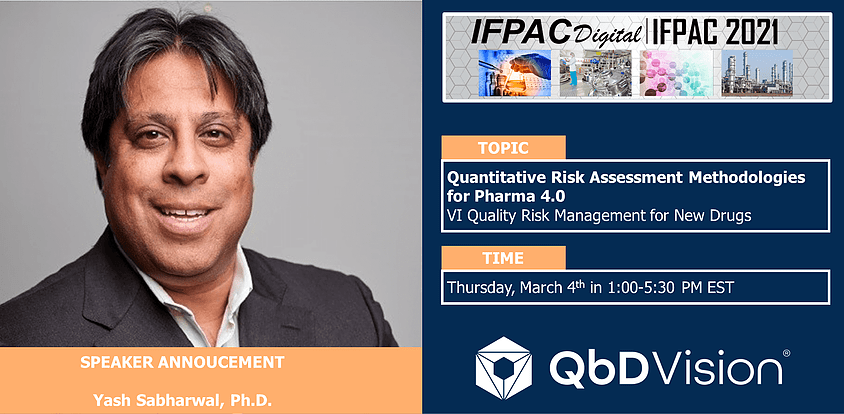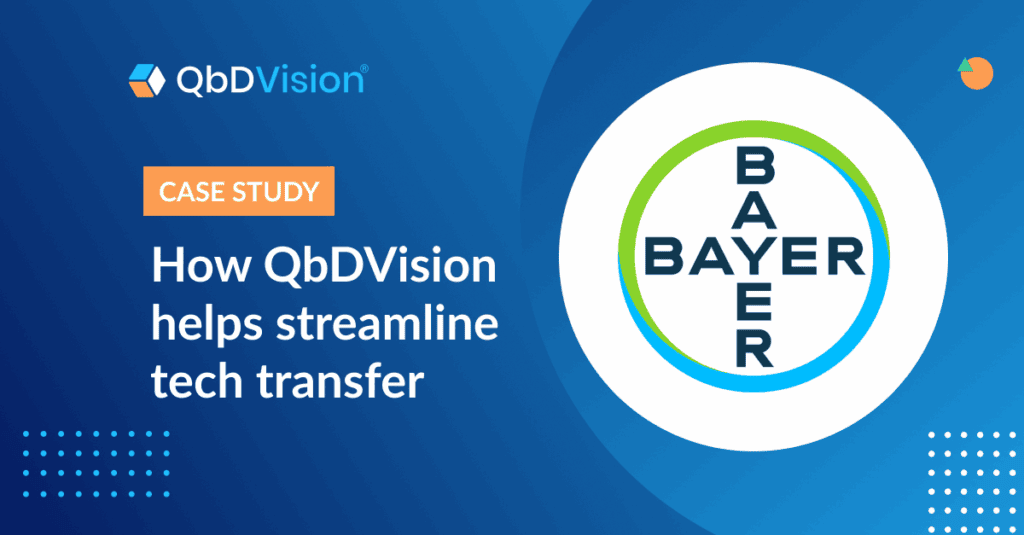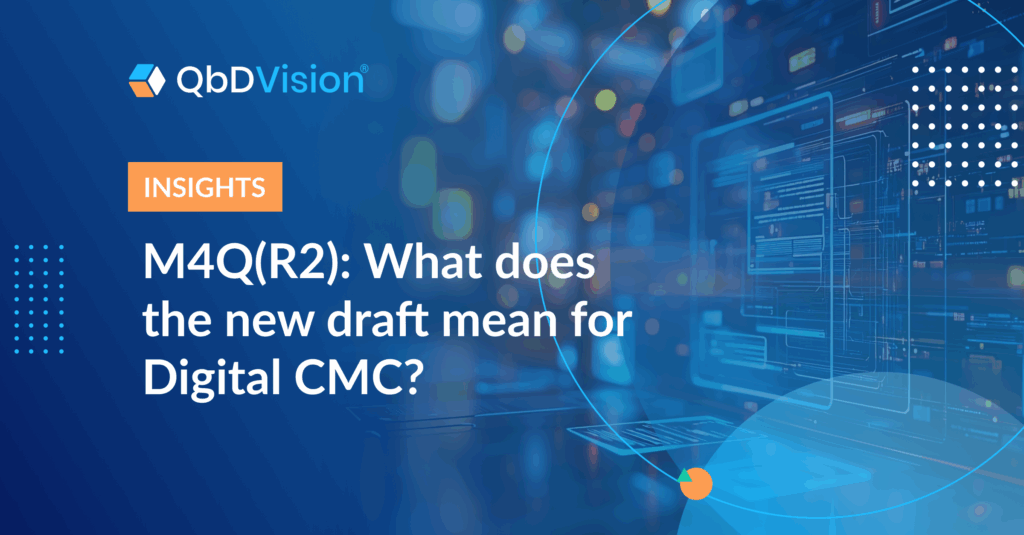We are excited to be back at IFPAC 2021 this year!
IFPAC 2020 was the last in-person conference we attended before the COVID-19 pandemic reshaped our industry’s major global conferences. In an effort to keep the dialog going, most conference venues are trying to reproduce their events virtually. Our experience so far with virtual events has been relatively selective. We prefer in-person collaboration and ad hoc engagement with industry representatives and regulators when we attend conferences. So, far that’s been all too difficult in the virtual setting.
But, our experience at IFPAC last year brought us back. At the last conference, we had a chance to participate in a spirited discussion with our industry and regulatory colleagues about knowledge management benefits. Our experiences over the past year have only reinforced these conclusions.
This year we’re back at IFPAC to focus the discussion on Risk Assessment. I will be speaking during the IFPAC Thursday afternoon session on Quality Risk Management for New Drugs, specifically about Quantitative Risk Assessment Methodologies for Pharma 4.0.
Have you noticed how most risk assessment examples are filled with subjective terms such as “likely,” “probable,” “moderate,” etc.? How are accurate assessments made when this level of subjectivity drives the discussion? No wonder everyone gets confused and finds the overall exercise to be frustrating!
It doesn’t have to be this way. And, it doesn’t mean you need a team of statisticians either. Risk assessments can help assess the key areas of a product or process where development activities should be focused.
As the maker of a software platform that integrates knowledge, risk, and quality management for product and process development, we work to provide clarity and consistency around these topics, which is often lacking.
My talk focuses on straightforward ideas and methods for using science, data, and analytics to develop a more rigorous and quantitative understanding of manufacturing processes and associated risk assessments. Many of you have spent time conceptually working with Impact, Uncertainty, Occurrence, Detectability, etc., but have likely struggled to create more objective assessments around these concepts.
For many of these layers of risk, practitioners often don’t realize that they can be estimated quantitatively as more process understanding with underlying data is generated. These estimates can feedback into the risk analyses iteratively to show how process improvements and analytical method development are mitigating the risk over time. Severity estimation should utilize sensitivity analyses to form model-based, empirical, or statistical estimates of how changes in an input variable affect an associated output variable. Occurrence estimation should be based on a statistical analysis of process control. The probability that an input variable will be out-of-specification (OOS) can be estimated by transforming standard Z-scores derived from process performance metrics into probability distributions. Combining these two estimates provides an estimate of the variable’s total risk under analysis based on “sound, scientific rationale” under the Quality-by-Design principles outlined in ICH Q8(R2).
We’re excited to present to the audience at IFPAC and our peers presenting in our session. That’s one of the primary reasons we’re attending. Last year we benefited significantly from our presentation structured data frameworks to enable efficient knowledge management. As part of the session entitled The Future is Now: Advancing Data, Information and Knowledge Management in Pharmaceutical Industry” we participated in a great discussion, and we were able to share our thoughts alongside other participants from Amgen, Eli Lilly, Biogen, Emerson, and Merck as well as representatives from the FDA. One of the key takeaways from the session was that structured formats are inevitable as they will be critical to reducing the inefficiencies with today’s document-heavy processes.
Not only did we collaborate during the conference and the panel, but we also kept the discussion going virtually throughout the year to further our shared ideas and conclusions.
This year, our session includes representatives from AstraZeneca, FDA (CDER OMQ), DFE Pharma, and Light Pharma. We’re delighted not only to present but also to listen and engage on their topics. The sessions include:
- QRM: Closing the loop between Risk/Benefit and the Patients, Sarah Miksinki, AstraZeneca
- QRM: GMP Perspective, Tara Gooen, FDA, CDER, OMQ
- QRM: QMS and Cost of Poor Quality, Rick Friedman, FDA, CDER, OMQ
- Dynamic Controls for Dynamic Systems, Brian Carlin, DFE Pharma
- 21st Century Cures and 21st Century Quality, GK Raju, Light Pharma
We hope you can join us live and actively participate in the conversation (it’s not too late to register). If you can’t join us, don’t worry, we’ll share our presentation and conclusions after the conference.



























































